UPDATE: Gov. Tony Evers signed into law new legislative maps Monday morning that will reshape both assembly and senate districts throughout the state. You can read about it here.
Gov. Tony Evers is taking action on his own legislative maps on Monday morning, Wisconsin Right Now has learned.
Sources say the governor has scheduled a 9 a.m. press conference at the State Capitol, and he’s billing it as taking action on his own maps proposal (technically Senate Bill 488), sources told WRN. The Republican-controlled Legislature passed that bill, essentially sending Evers’ own maps to his desk, despite the fact that most Democrats voted against it.
A media source sent us the advisory that Evers sent out on Sunday.
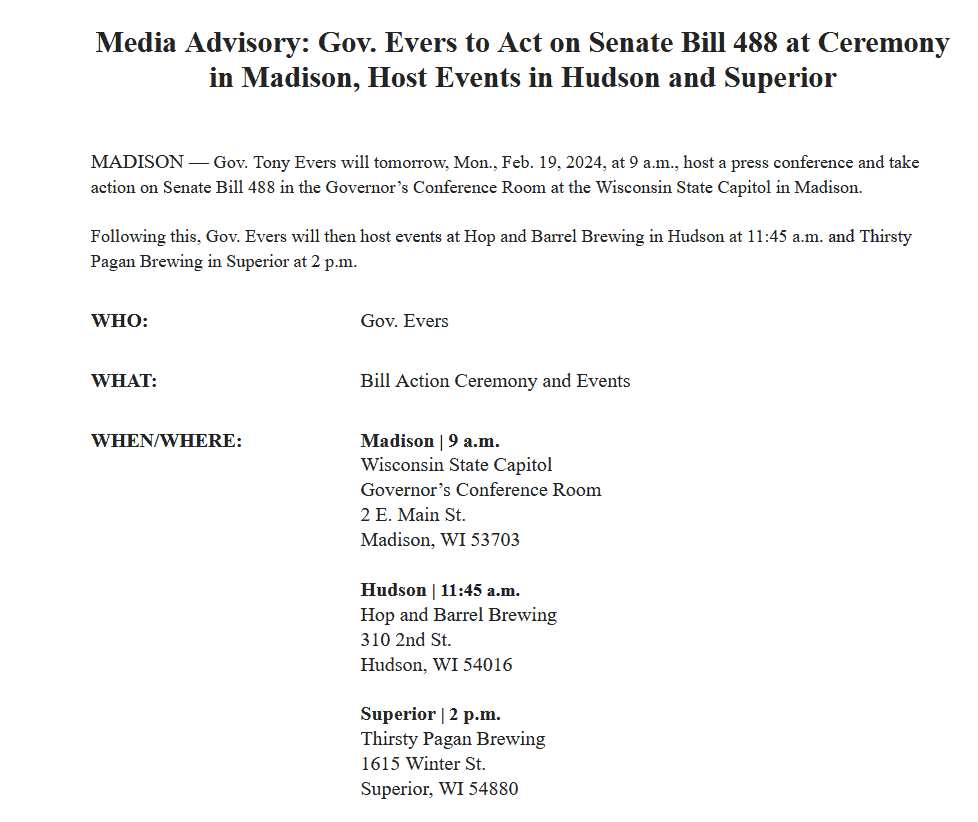
Evers is then touring the state and holding press conferences in Hudson and Superior, the sources said.
Whether that all means Evers will sign or veto the maps is not clear. However, it seems unlikely that he would veto the maps and then hold press conferences about it around the state. More likely, he’s going to hold press conferences touting the maps as “fair,” even though they are anything but – they rig it so that Democrats seize control of the Legislature under multiple credible scenarios.
The ramifications of that on the state are clear. One-party control would quickly hurtle the state in the direction of Minnesota or California on issues including taxes, immigration, criminals’ “rights,” school choice, concealed carry – you name it. Wisconsin is a purple state; its policies would be “woke blue” if Democrats control the governor’s mansion, the Supreme Court, AND the Legislature.
We ran Evers’ maps in Dave’s Redistricting software using the 2022 governor’s race, 2022 attorney general’s race, and a composite of 2016-2022 key races as the baseline for determining the partisan makeup of the electorate. No one knows for sure what the 2024 electorate would look like, of course. Evers’ maps give control to the Democrats under those scenarios.
Republicans have a fighting chance to retain control if the electorate mirrors the races of Sen. Ron Johnson or Republican State Treasurer John Leiber, instead, who prevailed in their races. In short, Republicans need a good year. Only some of the districts are up next year, so it could take more time for things to play out.
Republicans passed Evers’ maps because they believe the other Democratic maps on the table are even less fair for Republicans.
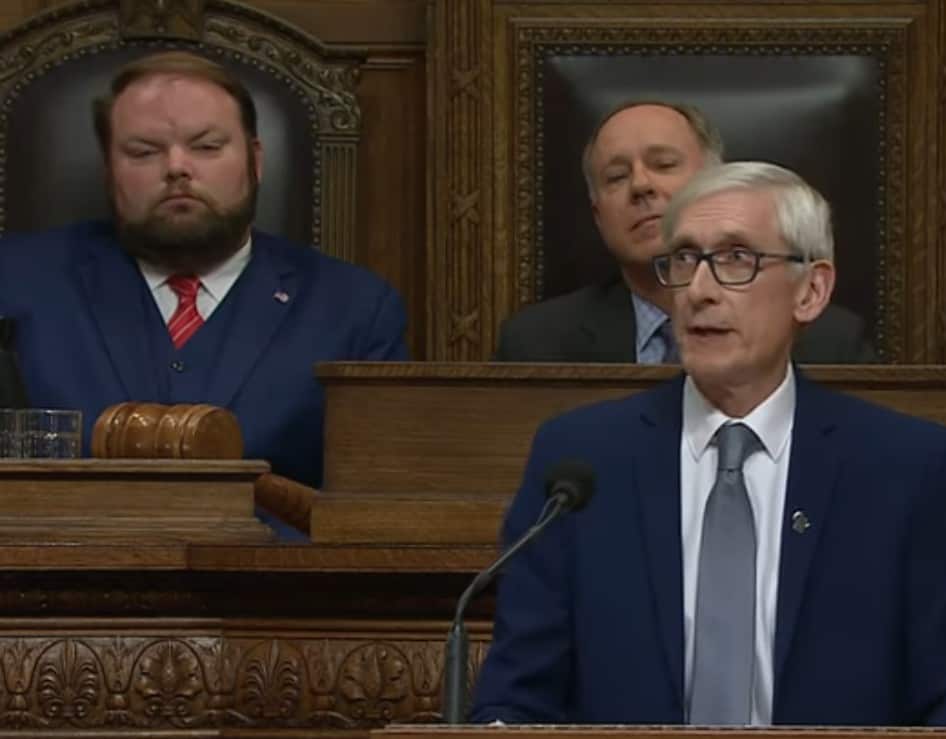
Evers’ maps also try to unfairly rig matters to favor Democrats by pitting dozens of Republican incumbents against each other (and almost no Democrats). In some cases, he draws Republican incumbents out of their districts by a couple houses.
Assembly Speaker Robin Vos had enough votes last Spring to override an Evers’ veto and approve an Iowa redistricting model instead, which would have given the map-drawing process to the non-partisan Legislative Reference Bureau instead, and veto power to the Legislature. However, the Republican-controlled state Senate bottled up the legislation for unclear reasons and never brought it to a vote.
Fast forward to now: Had Republicans not passed Evers’ maps, and if he vetoes them, the liberal-controlled court would pick a set of maps. Republicans could then have sued to the U.S. Supreme Court, but this is considered a long-shot behind the scenes.
The state Constitution gives authority over redistricting to the state Legislature. In the past, Evers vetoed the Legislature’s maps. The state Supreme Court chose Evers’ previous maps, but the U.S. Supreme Court threw them out because of how he handled race. The state Supreme Court, then conservative controlled, then picked the Legislature’s maps.
However, when Supreme Court Justice Janet Protasiewicz, a liberal, was elected, flipping control to the left, the court took the maps back up and found them unconstitutional because they contain municipal islands – even though the court and Evers were fine with municipal islands before when he included them in his own maps previously.
The Evers’ maps on the table now go much farther than fixing the non-consequential municipal island issue. They redraw districts to benefit Democrats in multiple ways.
Two out-of-state consultants chosen by the liberals on the court filed a report that urged the court not to consider both sets of conservative-drawn maps, even though the maps drawn by the Wisconsin Institute of Law and Liberty performed best against traditional redistricting criteria. To get around that, they concocted a social-science research theory they invented to argue that control of the legislature should essentially mirror the results of statewide elections, which ignores the fact that Wisconsin’s geography tends to favor Republicans (who are more spread out throughout the state) when it comes to legislative control. The state Constitution does not require legislative control to mirror the results of statewide elections, but the liberals on the court made up a new redistricting criterion not in the state Constitution: Partisan impact.
Faced with all of this, Republicans in the Legislature voted to approve Evers’ maps after he rejected a slightly changed version that fixed some of the more egregious incumbent pairings.
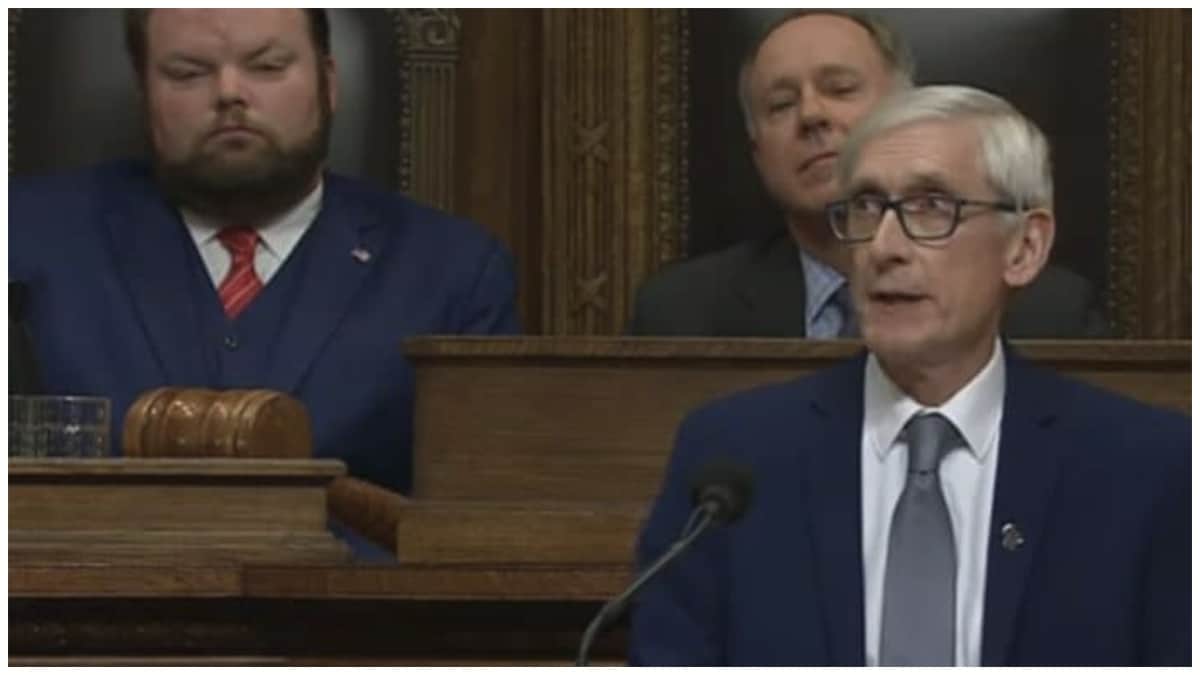

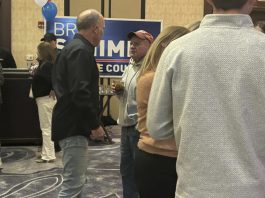




![WATCH: Elon Musk Town Hall Rally in Green Bay [FULL Video]](https://www.wisconsinrightnow.com/wp-content/uploads/2022/04/Elon_Musk_3018710552-265x198.jpg)

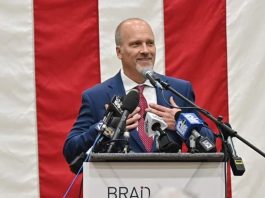

![The Great American Company [Up Against the Wall]](https://www.wisconsinrightnow.com/wp-content/uploads/2025/03/MixCollage-29-Mar-2025-09-08-PM-4504-265x198.jpg)
![The Wisconsin DOJ’s ‘Unlawful’ Lawman [WRN Voices] josh kaul](https://www.wisconsinrightnow.com/wp-content/uploads/2025/03/MixCollage-29-Mar-2025-08-48-PM-2468-265x198.jpg)